This month, the Talbot Spy featured Envision the Choptank and NOAA scientists at the Oxford Cooperative Lab and their efforts to inform and work with residents and local governments to restore water quality and habitat in the Choptank watershed. NOAA scientists recently completed a 3-year study to understand how land use and habitat quality are related in the Tred Avon River. Envision’s work engaging residents, agricultural landowners, and local governments in restoration used the study’s results to direct the location of practices, including rain gardens and stream restoration.
The Oxford Lab team, headed by Dr. Shawn McLaughlin, found that watersheds with high levels of forested land had healthier water quality and abundant numbers of oysters and fish, while urban areas with non-porous surfaces such as sidewalks and parking lots had increased runoff. The team’s recently developed Story Map provides a virtual and more detailed exploration of the results through pictures and maps.
Envision is fortunate to have scientific partners like the NOAA laboratory in Oxford as it remains committed to using the most up-to-date research and local knowledge to inform its decisions. Results from the Tred Avon study, along with additional analyses by University of Maryland Center for Environmental Science - Horn Point scientists, helped inform the location of 20 rain gardens and 15 native plantings installed by Envision partners and 2 stream restoration practices in-progress.
If you are curious about how you can improve your land to benefit the Choptank River, check out our other article on “New BMP Incentives Released” and keep in touch as we continue to develop new programs to engage landowners and residents.

